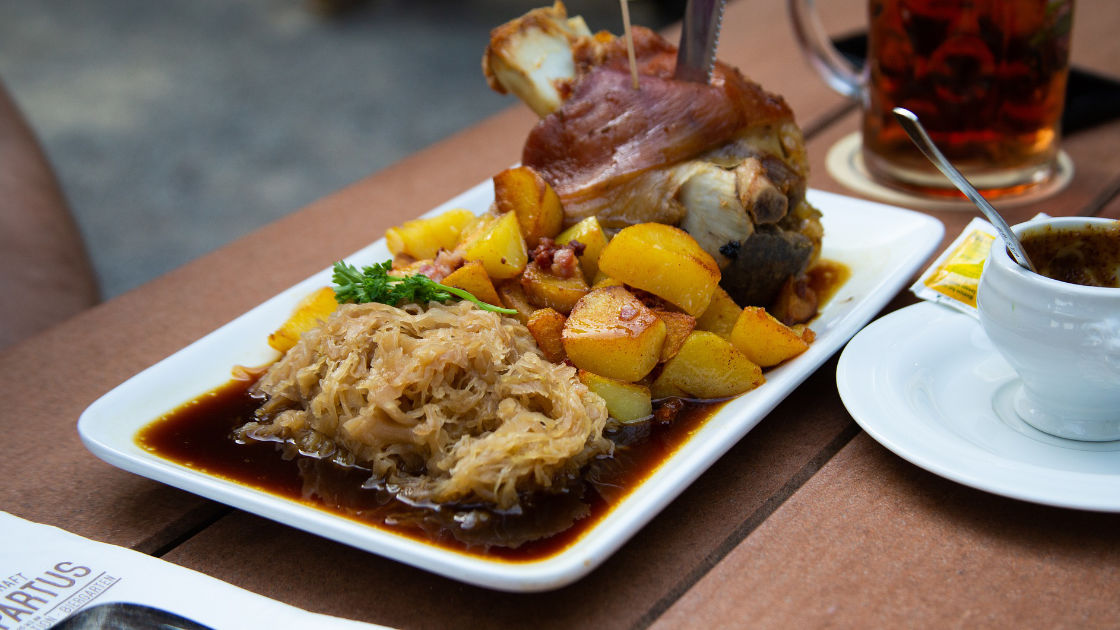Fermented foods play such a large role in human history and prehistory. Food manipulation and preservation has allowed us to survive throughout unending climate variations. While things that are old and moldy may not be everyone’s favorite treats, we are alive today because our ancestors figured this out. Fermentation is used to detoxify poisonous plants and make them edible. Fermentation is involved in the process of preserving food for a later date.
Making sauerkraut is surprisingly easy. In the garden at Quiet Valley, we grow numerous heads of cabbage which are usually gathered 10-20 heads at a time. We have two wonderful cabbage experts who prep those heads down into thin slices. Fun fact: did you know cabbage plants will regrow heads? If you slice them early, you will get miniature heads growing back in their place.
Once the cabbages are sliced thinly they are placed in a large stoneware crock where salt is added. The salt causes the cabbage to release water and keeps dangerous bacteria from growing. Although salt does encourage bacterial growth, it’s the kind that causes fermentation and not spoilage. The cabbage is then pounded down to the bottom of the crock and the salt water forms a protective seal over the top. This is allowed to ferment for at least a couple of weeks but some people may wait a couple of months.
Once it is ready, according to Gary Oiler (one of the founders of the museum and the resident sauerkraut expert) we scoop out the top and bag it up. Here at the museum, we freeze the sauerkraut for Christmas time. But it can just as easily be canned or eaten straight away. Traditionally, the Pennsylvania Germans would eat sauerkraut and pork as part of their New Year’s celebration because pigs root forward and it was believed to bring good luck.
The Quiet Valley Blog is written by Kat Muller as she explores the farm museum throughout the year. Follow along with Kat and learn about the farm!
